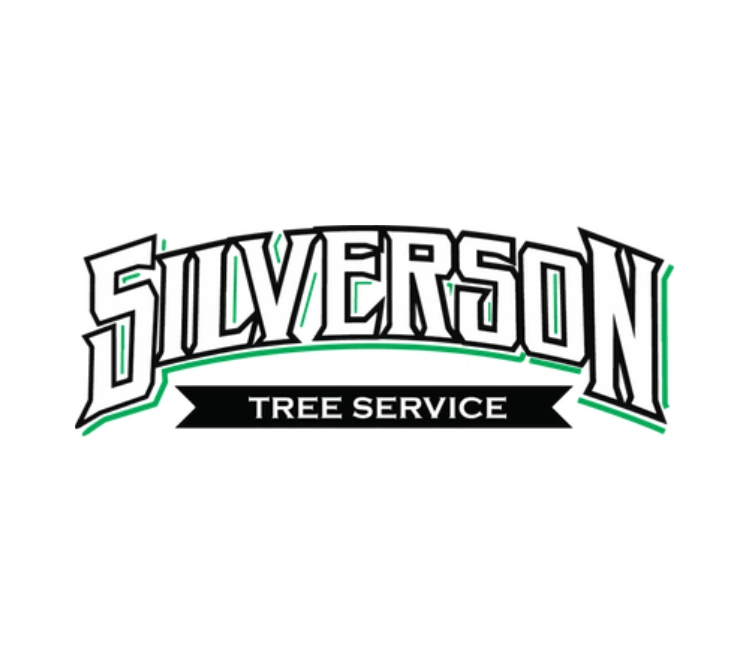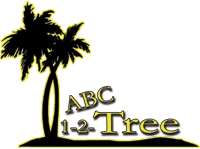How To Choose the Right Largo Tree Service
When you're considering a tree removal company, you might look at factors like services and licensing. We highlight some important considerations below.
Vet the Company's Qualifications
Tree service companies should have insurance to protect their workers and customers. Examples of policies include professional liability, general liability, and workers' compensation insurance. The policies should mention tree work coverage specifically otherwise, you may be liable for any injuries or damage on your property. Tree removal doesn't require any mandatory national certifications. However, a company may have a certified arborist on staff to perform inspections. Arborists are educated in proper maintenance, care, and preservation techniques to protect tree health. These specialists have received voluntary certifications through the International Society of Arboriculture (ISA). Although having a certified arborist is not a requirement, it's an added benefit.
Get Quotes From Multiple Companies
Homeowners should request quotes from multiple companies to discover the best deals. Compare all aspects of your quote, such as included services, timelines, and service fees.
Confirm the Company Performs Residential Tree Services
We recommend hiring a company that specializes in residential tree services. Residential tree service companies have fewer locally -mandated service restrictions than commercial companies, which must follow certain local ordinances.
Request a Tree Risk Assessment
A tree risk assessment (TRA) is a visual inspection to determine the likelihood of a tree or its branches breaking. This is called tree failure. Evaluating tree failure helps service companies figure out the best ways to minimize the danger to their workers and your property. TRAs are typically conducted by certified arborists. Sometimes there's an additional feel involved, while other times the assessment is included for free with services. Contact your tree removal company and ensure you have a TRA completed before undertaking any work.
Ask About Stump Removal
Tree service companies can remove stumps from your yard by hand or with special equipment. This is important because stumps left untreated will rot over time and can attract disease or pests. Ask your provider whether stump removal is included with its service. Costs range from $56 to $409, with the average Largo homeowner paying around $260.
How Much Does It Cost To Remove A Tree?
Tree removal services cost $253-$1,114, with an average cost closer to $520. Several factors impact final costs, like tree size and type, tree health, and project size. Emergency services cost more, running at around $1,337. If multiple trees need to be removed, companies may charge by acre. Your price may also increase if your trees have a higher failure risk and necessitate additional equipment, labor, or safety precautions.
Ready to Get a Quote on Your Tree Project?
Please enter a valid 5-digit zip code!
Frequently Asked Questions About Tree Removal in Largo
What are common tree issues?
How are tree pruning and tree trimming different?
How can I tell if a tree is dangerous?
Do I need to hire a professional for tree removal?
Is it okay to leave a downed tree sitting on my lawn?
To share feedback or ask a question about this article, send a note to our Reviews Team at reviewsteam@thisoldhousereviews.com.













